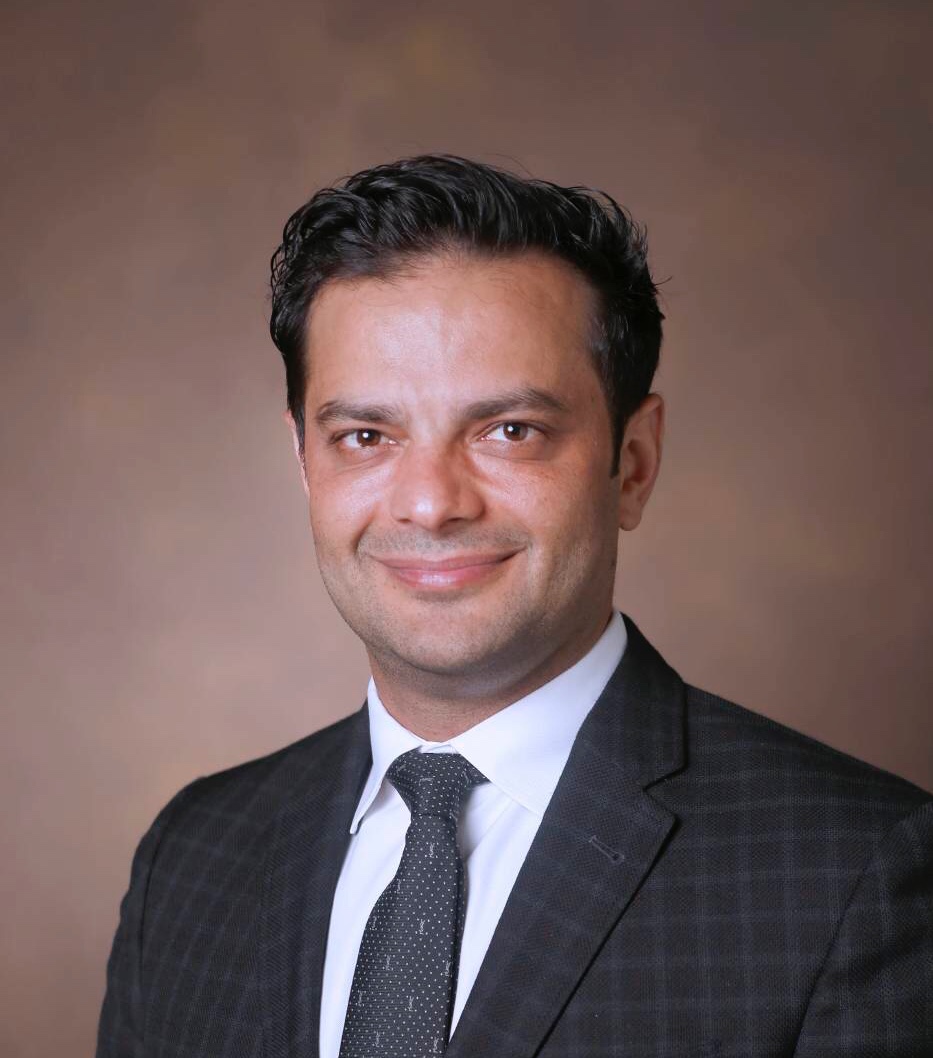Learn about nerve decompression surgery and how it can help treat migraine pain.
The benefits of migraine surgery were first discovered via the cosmetic procedure known as a brow lift. A brow lift decompresses the supraorbital nerves, which are above the eyes. Cosmetic surgeons were hearing from patients that their brow lift had stopped their migraine episodes. That discovery spurred extensive research into migraines and surgical treatments. Now, nerve decompression surgery is a treatment method for specific migraine patients who are candidates.
“Candidates for surgery are the patients who can localize a spot where their headaches start,” said Salam Kassis, M.D., a surgeon at Vanderbilt Plastic Surgery. “Additionally, patients who are good candidates have frequent episodes that affect their quality of life and they’ve tried less invasive treatment methods that haven’t helped.”
“It’s always a discussion with a multidisciplinary team,” Kassis said. “We have a very good team here that I don’t think there is anywhere else in the country. We have neurology and pain doctors and neurosurgery all working together to help patients.”
Migraine pain points treatable by migraine surgery
“Some migraine patients may notice they have pain that starts in the neck at the greater, lesser or third occipital nerves that then radiates to the front,” Kassis said. Other patients may have pain that starts at one or both temples in the temporal nerves. And some patients may experience pain right above their eye at the supraorbital nerves. Finally, some patients will notice pain that comes from behind the eye, and they will have a contact point in their nose.
The pain may be from nerve compression caused by an encroaching vessel, bone or fascia. When an artery is the culprit, often patients will complain of increased pain during exercise or other instances when their heart rate rises. “The artery is hitting on this inflamed nerve,” Kassis explained.
Sometimes bone is to blame, as the supraorbital nerves come through a narrow formation. “That can be very tight and that’s why the nerves are compressed,” Kassis added. And fascia, which gives muscle its integrity, can also cause tightness and compression and irritate a nerve.
How to prepare for migraine surgery
“Patients stay on their migraine medications until after surgery, and then they’ll work with their neurologist to be weaned off,” Kassis explained. Additionally, from the time of consultation up to about six months after surgery patients are asked not to smoke and are placed on a diet protocol. The diet involves no caffeine, alcohol or preservatives. “These can increase inflammation,” Kassis said.
How does the migraine procedure work?
“Overall, the success rate of migraine surgery is around 90%, so a patient is either going to have a total resolution of their headache or a significant improvement. They get their life back.”
Migraine surgery is an outpatient procedure that takes 30 minutes to two hours, depending on the area being treated. “It’s very important to clarify that we are not operating on the brain or the spine,” Kassis explained. He also said it’s not an eye surgery.
If the migraine procedure is performed in the neck region, the scarring is minimal and hidden by the hair. The hair only needs to be shaved in a 1-inch section. If the surgery is performed on the supraorbital nerves, the scar will be in the upper eyelid. “It’s really hard to see once it is healed,” Kassis said. If the surgery is performed on the temple, the incision is within the hairline. Some patients with pain behind the eye will require a nasal surgery, which Kassis compared to rhinoplasty. In this procedure, the surgeon will decompress contact points within the nose and potentially repair a deviated septum.
Some patients have multiple pain points. For example, they may experience migraine pain in the neck as well as above the eye. “We’ll work on the neck first,” Kassis said. “That often resolves the issue.” But 50% of patients will then require a second procedure to decompress the nerves above their eye, as well.
“Overall, the success rate of migraine surgery is around 90%,” Kassis said. “So a patient is either going to have a total resolution of their headache or a significant improvement. They get their life back.”

More about Migraine Surgery
Migraines can have many causes. For some people, the trigger is compression or irritation of nerves in the head or neck. An outpatient surgery — no overnight stay in the hospital — can help decrease or get rid of chronic migraines for some people. Vanderbilt University Medical Center is the only program in the region offering this treatment for chronic migraines. For an appointment with these Vanderbilt experts, call 615-936-2700.


